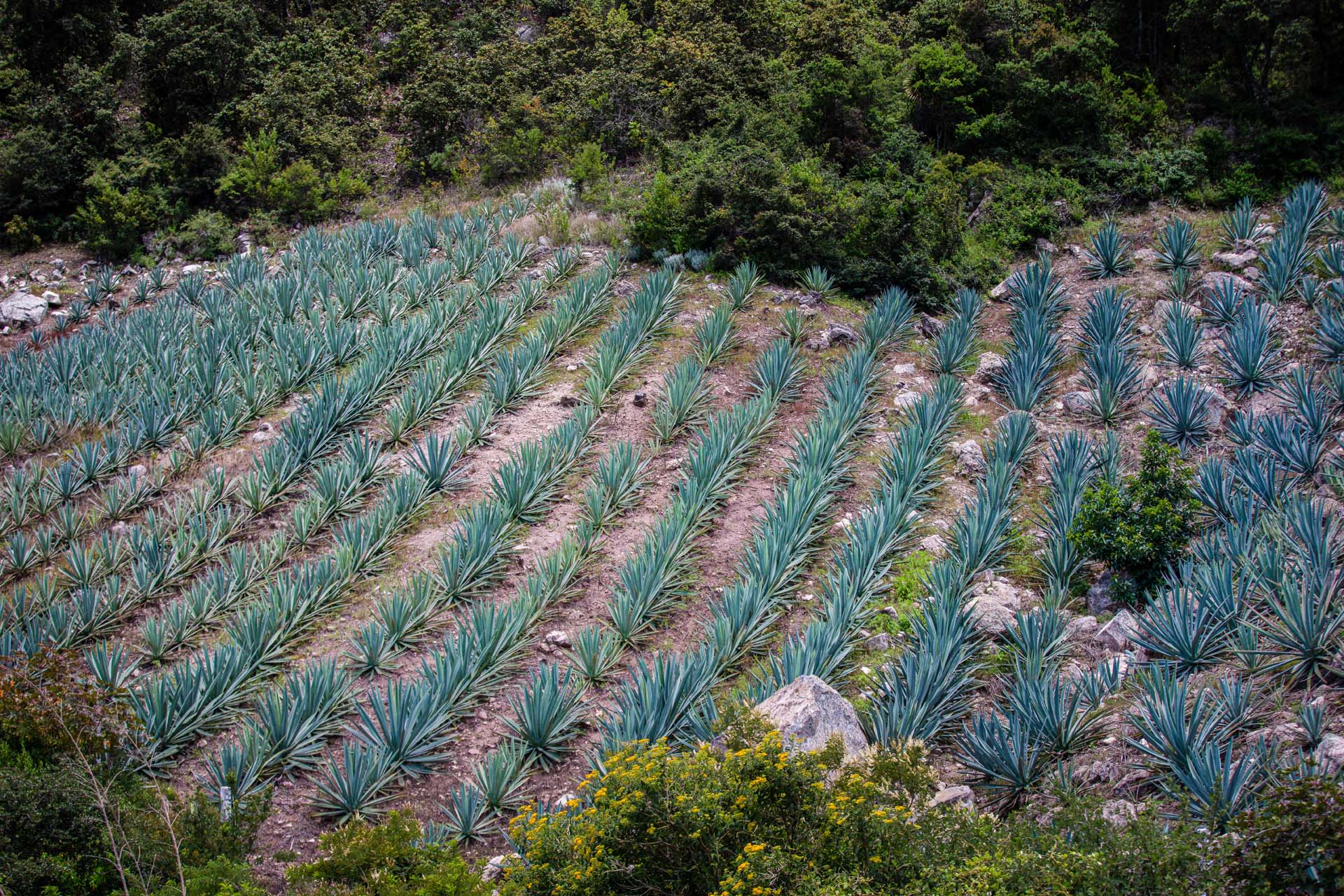
Agave Species
There are approximately 270 Agave plant species in which about 50 of those produce Mezcal. Here are the names of a few that your more likely to come across...
-
Espadín
From the Agave Angustifolia species. It typically takes around 7 to 10 years to mature (be ready to produce Mezcal). In Sonora, the Angustifolia species produces Bacanora rather than Mezcalsince the state isn’t apart of the formal Appellation of Origin for Mezcal.
-
Arroqueño
This plant takes anywhere from 20 to 30 years to mature and resembles the Espadín plant, but grows much bigger. From the Agave Americana Variety Oaxacensis. Oaxacensis sub-varieties include the well known Coyote and Sierra Negra.
-
Papalome
Usually wild and grown in the Balsas River basin in Guerrero but also found at high elevations as well. You can also find it in Michoacán and Puebla at high elevations and in Oaxaca. From the Agave Cupreata species. It’s also known as Papalome, Chino, Ancho, Papalometl and Papalote.
-
Tepeztate
Or Tepextate, from the Agave Marmorata species. This plant can take up to an astonishing 35 years to reach maturity! It is one of our personal favorites as it creates such a special Mezcal. While traveling along the road you will often find one of these Agaves bulging out of the side of a mountain in enormous fashion. Most commonly found wild and in arid areas of Central and Southern Mexico.
-
Mexicano
The Mexicano variety (mmm so good) grows from Sonora south to Oaxaca mostly in the highland foothills. It’s also known as Dobadan and Dobadaan in different Zapotec languages. They usually take around 12 years to mature and be Mezcal ready. From the Agave Rhodacantha.
-
Tobalá
From the Agave Potatorum, (arguably our favorite Mezcal!) this varietal takes about 15 years to mature and produces a one of a kind flavor. Generally speaking, you will find Tobalá like Tepeztate to be a much higher priced Mezcal due to the shortage of availability, small size of plant and outstanding taste. Tobalá is a Dos Gabachos favorite!
-
Agave Tequilana
Primarily known for its use in Tequila production (Agave Tequilana Weber variety Azul aka Blue Weber Agave) but also known for making Mezcal. It’s grows in abundance in Zacatecas and Michoacán.
-
Agave Inaequidens
Known as Mezcal in Michoacán but Raicilla in Jalisco. You can find this Maguey on mountain slopes and in pine forests. It’s also known for its Pulque and Mead production.
-
Jabalí
A thorny plant that grows in cliffs and rocks making Jabalí Agaves difficult to deal with. Its age of maturity takes about 10 years. From the Agave Convallis species.
-
Agave Durangenis
From Durango, the Durangensis Agaves and Cenizo variety are also found in Zacatecas in the arid scrublands and forests.
-
Pechuga
Pechuga, often made from Espadin, is distilled with parts of a chicken (or turkey/other animals) along with different recipes of fruits, cacao, mole poblano, grains, nuts, and spices on the second or third distillation depending on the Mezcalero. This is one of our favorites!
-
Ensambles
While single varietal Mezcal remains the most popular, blends are on the rise. Ensambles are a good choice for Mezcaleros because what’s fresh and available is the best option. That means blending different Agaves together to make a unique Mezcal. For example, a Mezcal made from 50% Espadin and 50% Tobalá would be an Ensamble.
-
Madre-Cuishe
From the Agave Karwinskii species as well as Largo, Cirial and Barril are well know varieties of this spiky leaved Agave.
-
Agave Salmiana
Known in the states of Tamaulipas, Guanajuato, San Luis Potosí and Zacatecas.
